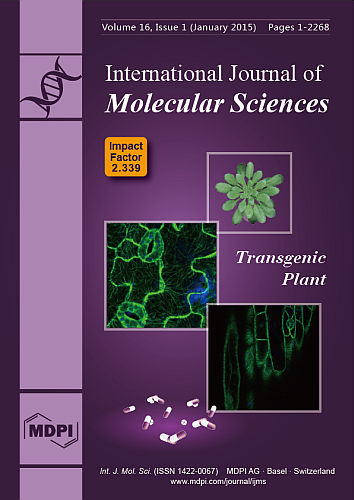The transmembrane (TM) proteins are gateways for molecular transport across the cell membrane that are often selected as potential targets for drug design. The bilitranslocase (BTL) protein facilitates the uptake of various anions, such as bilirubin, from the blood into the liver cells. As previously established, there are four hydrophobic transmembrane segments (TM1-TM4), which constitute the structure of the transmembrane channel of the BTL protein. In our previous studies, the 3D high-resolution structure of the TM2 and TM3 transmembrane fragments of the BTL in sodium dodecyl sulfate (SDS) micellar media were solved using Nuclear Magnetic Resonance (NMR) spectroscopy and molecular dynamics simulations (MD). The high-resolution 3D structure of the fourth transmembrane region (TM4) of the BTL was evaluated using NMR spectroscopy in two different micellar media, anionic SDS and zwitterionic DPC (dodecylphosphocholine). The presented experimental data revealed the existence of an α -helical conformation in the central part of the TM4 in both micellar media. In the case of SDS surfactant, the α -helical conformation is observed for the Pro258-Asn269 region. The use of the zwitterionic DPC micelle leads to the formation of an amphipathic α -helix, which is characterized by the extension of the central α -helix in the TM4 fragment to Phe257-Thr271. The complex character of the dynamic processes in the TM4 peptide within both surfactants was analyzed based on the relaxation data acquired on 15 N and 31 P isotopes. Contrary to previously published and present observations in the SDS micelle, the zwitterionic DPC environment leads to intensive low-frequency molecular dynamic processes in the TM4 fragment.
